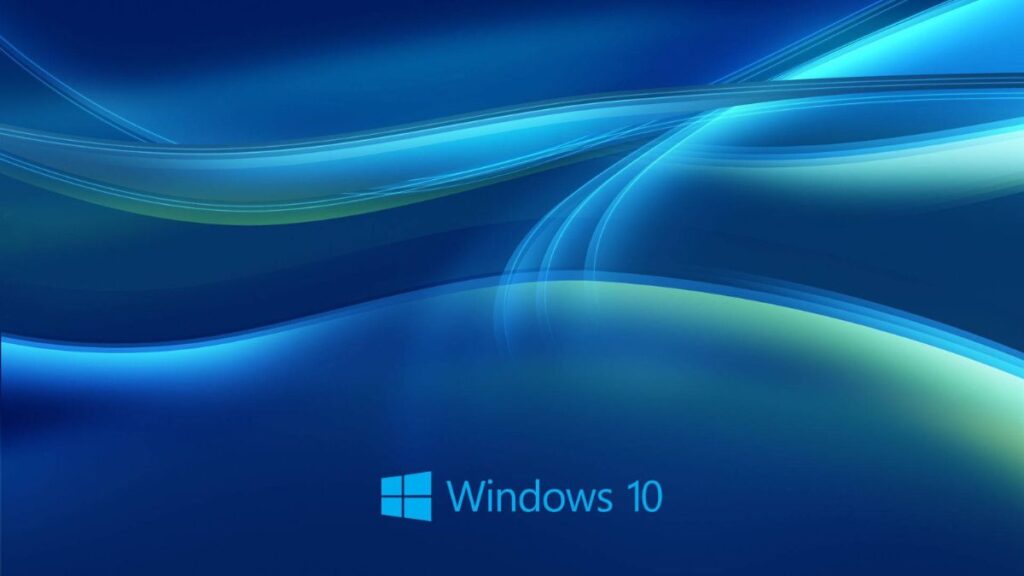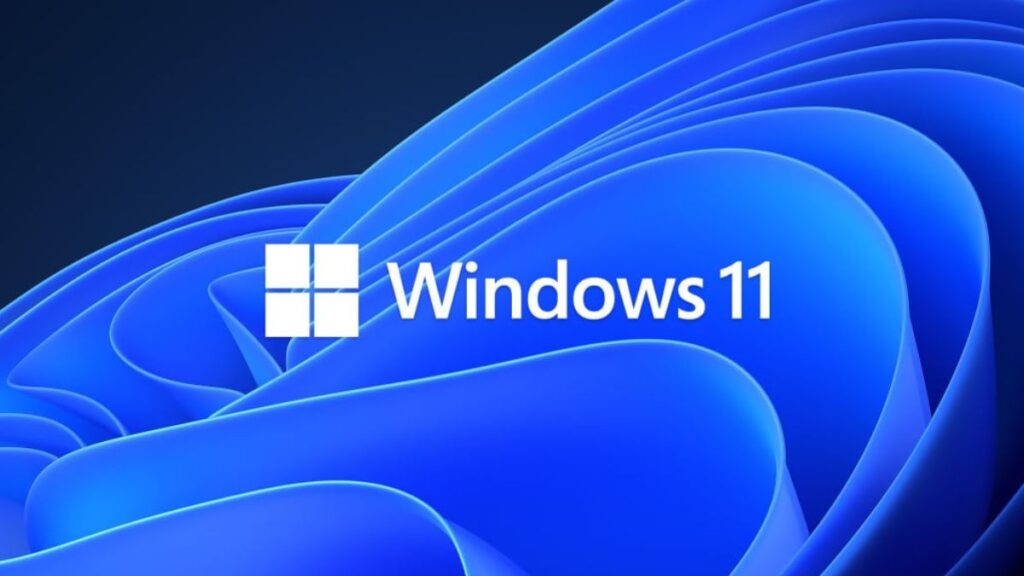As technology constantly evolves, companies like Microsoft have to make difficult decisions on when to retire their products. Windows 10 is one such product that Microsoft has announced it will be ending support for. If you are a Windows 10 user, you might be wondering what this means for you. In this article, we will cover everything you need to know about the end of support for Windows 10.

What does end of support mean?
End of support means that Microsoft will no longer provide security updates, bug fixes, and technical support for Windows 10 after the specified date. This means that your device will become more vulnerable to security risks, viruses, and other malicious software that can harm your device and compromise your personal data. To ensure the safety of your device and data, it is essential to upgrade to a newer operating system.
When is the end of support for Windows 10?
Microsoft has announced that the end of support for Windows 10 will be on October 14, 2025. This gives users ample time to upgrade to a newer operating system before support ends.
What are the options for Windows 10 users?
Windows 10 users have two options to consider when preparing for the end of support. The first option is to upgrade to Windows 11, the latest version of the operating system. Windows 11 offers new features, a modern design, and enhanced security features that will protect your device and data. However, not all devices will be able to run Windows 11, so it is important to check your device’s compatibility before upgrading.
The second option is to upgrade to Windows 10 Enterprise or Education editions, which will receive extended security updates until October 13, 2025. This option is only available for enterprise and education customers with volume licensing agreements.

How to upgrade to Windows 11?
If your device is compatible with Windows 11, you can upgrade for free by following these simple steps:
- Go to the Windows 11 download page on the Microsoft website.
- Click on the ‘Download now’ button and follow the on-screen instructions to download the installation file.
- Once the download is complete, open the installation file and follow the on-screen instructions to upgrade to Windows 11.
Conclusion
The end of support for Windows 10 is approaching, and it is important to prepare for it to ensure the safety of your device and personal data. Microsoft recommends upgrading to Windows 11, which offers new features and enhanced security features. However, if your device is not compatible with Windows 11, you can consider upgrading to Windows 10 Enterprise or Education editions, which will receive extended security updates until October 13, 2025. Don’t wait until it’s too late; upgrade now to ensure the safety of your device and data.
FAQs
Q. When will Microsoft stop supporting Windows 10?
Ans. Microsoft has announced that it will stop supporting Windows 10 on October 14, 2025.
Q. Will I still receive security updates for Windows 10 until 2025?
Ans. Yes, Microsoft will continue to release security updates and patches for Windows 10 until the end of the support date in 2025.
Q. Can I continue to use Windows 10 after 2025?
Ans. You can continue to use Windows 10 after the end of the support date, but you will no longer receive updates or patches from Microsoft, which may leave your system vulnerable to security threats.
Q. Will I be able to upgrade from Windows 10 to Windows 11 for free?
Ans. Microsoft has announced that Windows 10 users will be able to upgrade to Windows 11 for free, as long as their system meets the minimum requirements.
Q. What are the system requirements for Windows 11?
Ans. Microsoft has released a list of recommended system requirements for Windows 11, which include a 64-bit processor, at least 4GB of RAM, and a DirectX 12-compatible graphics card.
